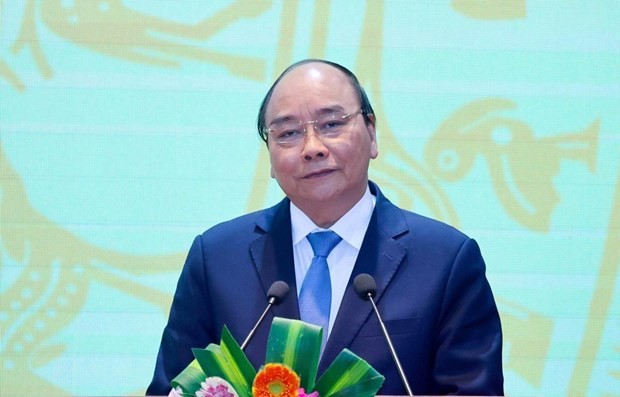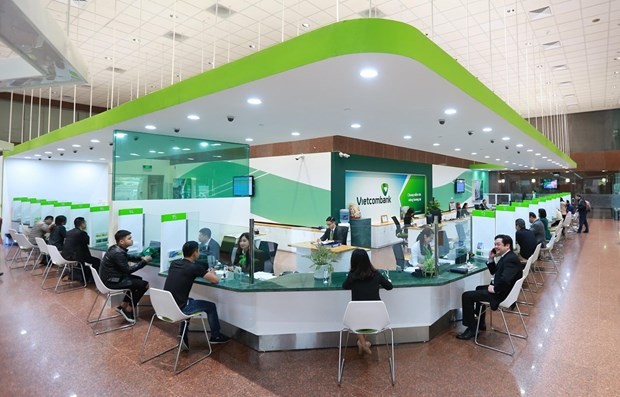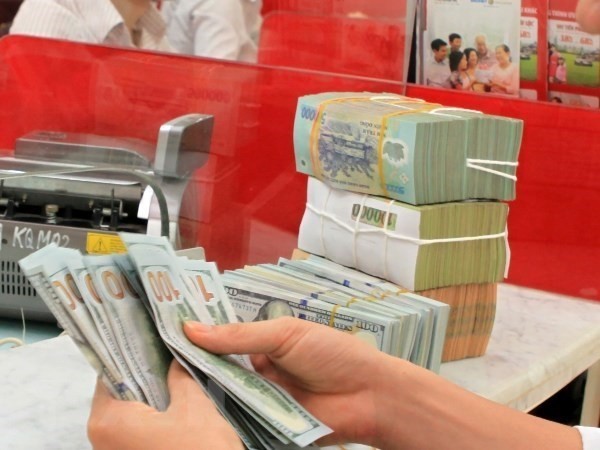
Speaking at a year-end conference of the State Bank of Vietnam (SBV) in Hanoi, the Government leader said apart from providing loans, the banking sector should help businesses with effective, sustainable operation plans while keeping risks under strict control.
The major task set for the sector in the time ahead is to further restructure credit institutions and handle bad debts, he requested.
Vietnam now counts 49 commercial banks, 51 branches of foreign banks and 1,182 people’s credit funds, with credit balance totalling VND9 quadrillion (US$389 billion), he said, adding that such huge amount needs strict supervision and inspection.
 Transactions at Vietcombank (Photo: VNA)
Transactions at Vietcombank (Photo: VNA)
The government leader also reminded the sector of the need for personnel training to meet the requirements of the new situation.
He lauded the central bank’s move to cut policy rates three times so far this year, by 1.5-2 percent per annum, the sharpest reduction recorded in the region.
The SBV needs to continue proactively and flexibly operating monetary policy tools, combining them with fiscal policies and others in order to curb inflation, stabilise the macro economy and spur socio-economic development, PM Phuc suggested.
 Illustrative image (Source: VNA)
Illustrative image (Source: VNA)
It was reported at the meeting that as of December 18, the total means of payment increased by 12.83 percent from the end of 2019 and 14.62 percent over the same period last year. The liquidity of the credit institution system is smooth.
As of November, annual lending interest rates in Vietnam decreased by an average of 1 percent compared to the end of 2019 and the maximum interest rate for short-term loans in Vietnam dong for some priority sectors and industries was at 4.5 percent per year.
Credit institutions have adjusted debt payment terms for about 270,000 clients affected by COVID-19, with accumulative debts of nearly VND355 trillion, and exempted and cut interest rates for nearly 590,000 other, with loans amounting to over VND1 quadrillion.
























